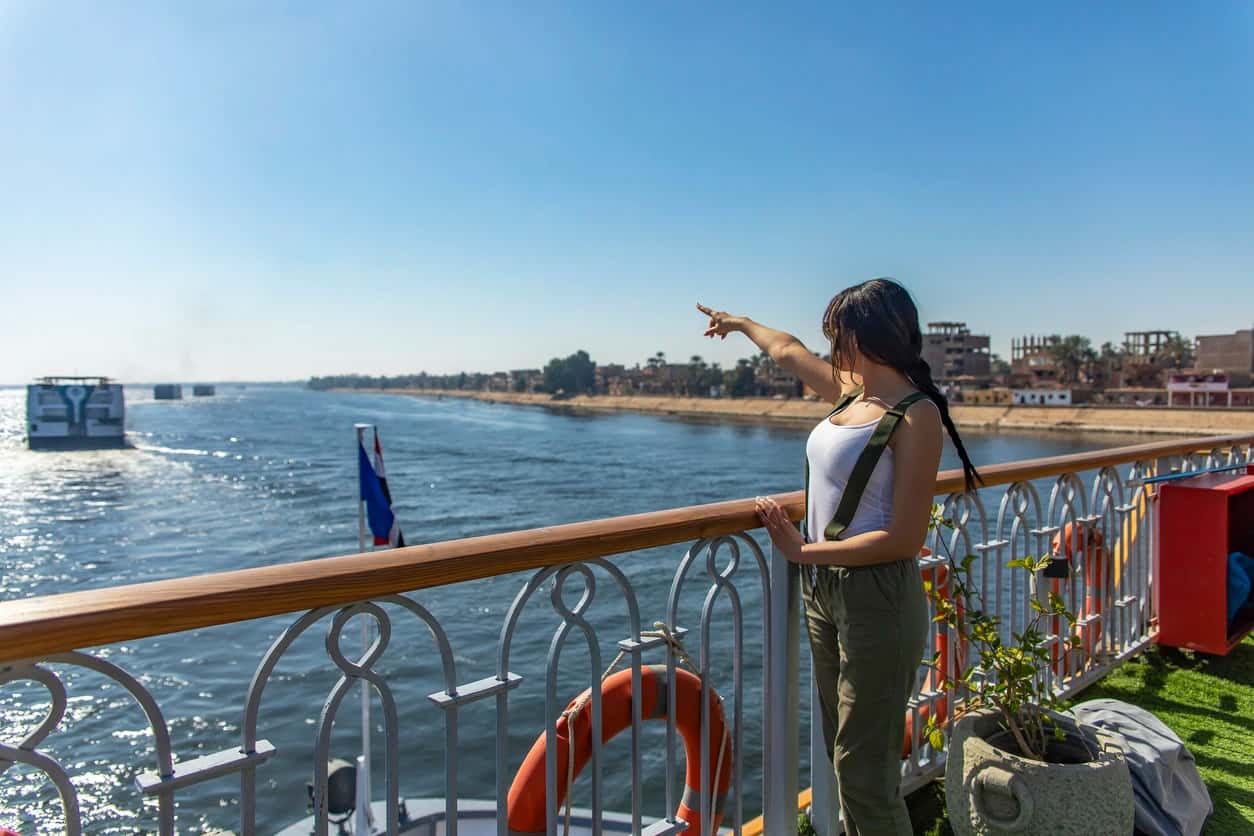
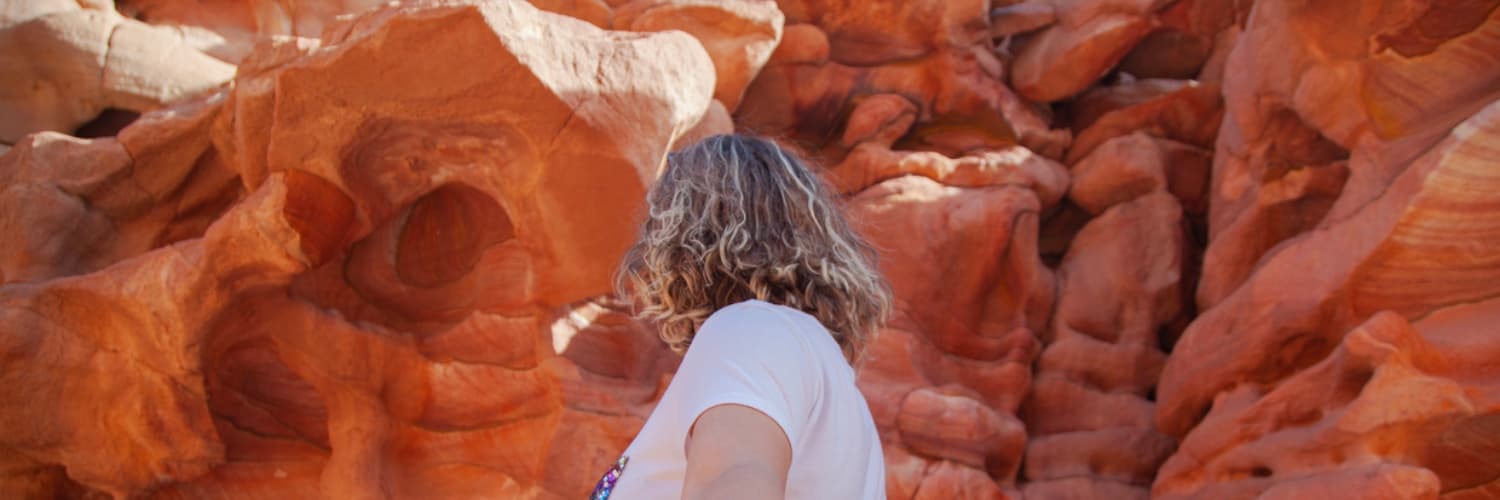
This article explores 10 hidden gems in Egypt that go beyond the typical tourist attractions. From the prehistoric wonders of Wadi El Hitan to the isolated beauty of Siwa Oasis and the colorful canyons of Sinai, it highlights unique cultural, natural, and historical sites that offer authentic and unforgettable experiences for adventurous travelers.
Hidden deep within the Western Desert, Wadi El Hitan is one of the most fascinating paleontological sites in the world—and yet many Egypt visitors have never heard of it. This UNESCO World Heritage Site features fossilized skeletons of whales that once swam through Egypt’s ancient seas over 40 million years ago. The fossils, preserved in pristine condition, lie scattered across golden dunes, offering a surreal, almost Martian landscape. Unlike museum displays, you walk among the bones under open sky. The small visitor center, with interactive exhibits and eco-friendly architecture, provides context for this incredible evolutionary story. A trip to Wadi El Hitan also makes for an eco-tourism highlight, especially when paired with sandboarding or a visit to the nearby Magic Lake in Fayoum.
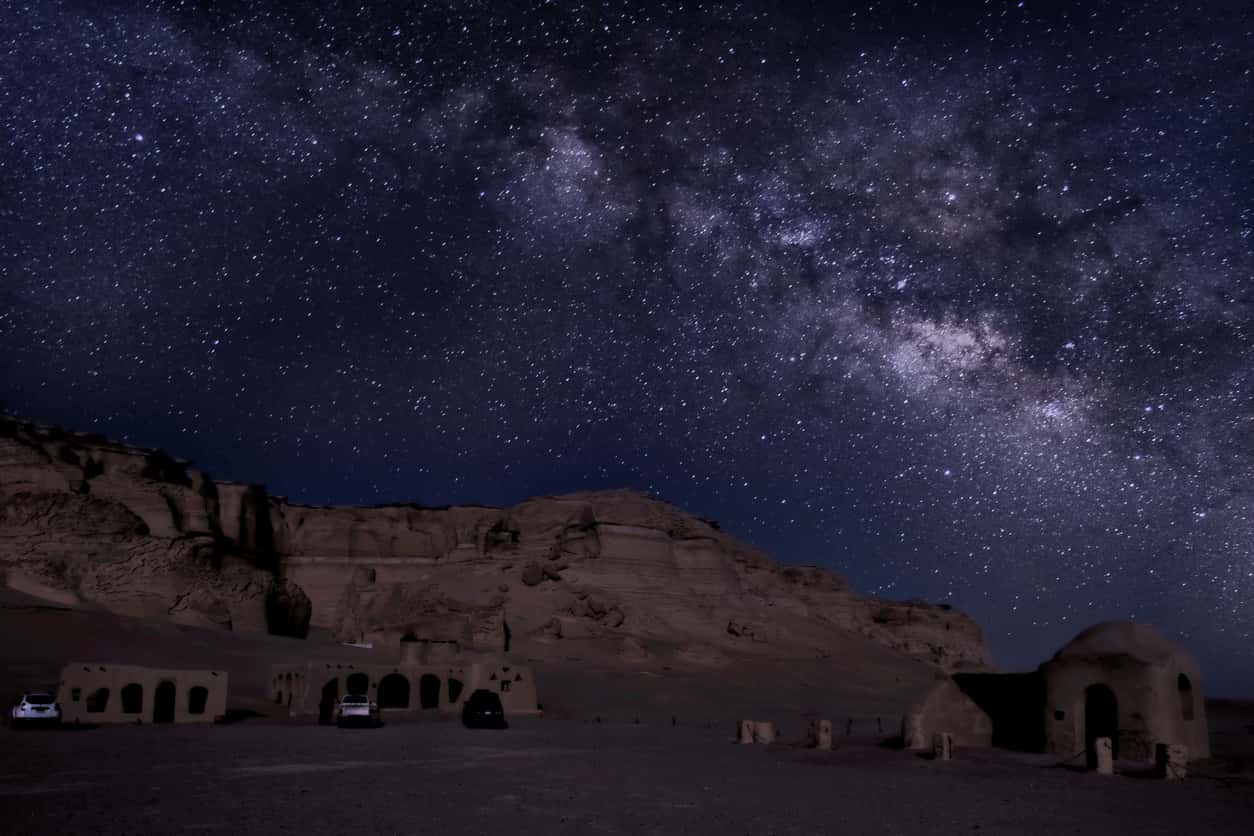
Far from the bustling cities and Nile Valley, Siwa Oasis rests in solitude near the Libyan border—a place that feels like another world entirely. Surrounded by sand dunes and date palms, this oasis is steeped in Berber culture, with its own dialect, architecture, and pace of life. Visitors can explore the ancient Temple of the Oracle of Amun, which once drew Alexander the Great, and soak in Cleopatra’s Bath, a natural spring still used today. Siwa is also known for its extensive salt lakes, where the turquoise water contrasts stunningly against stark white salt banks. The slow pace, untouched landscapes, and sustainable tourism options make Siwa ideal for travelers seeking peace, authenticity, and a closer connection to Egypt’s living traditions.
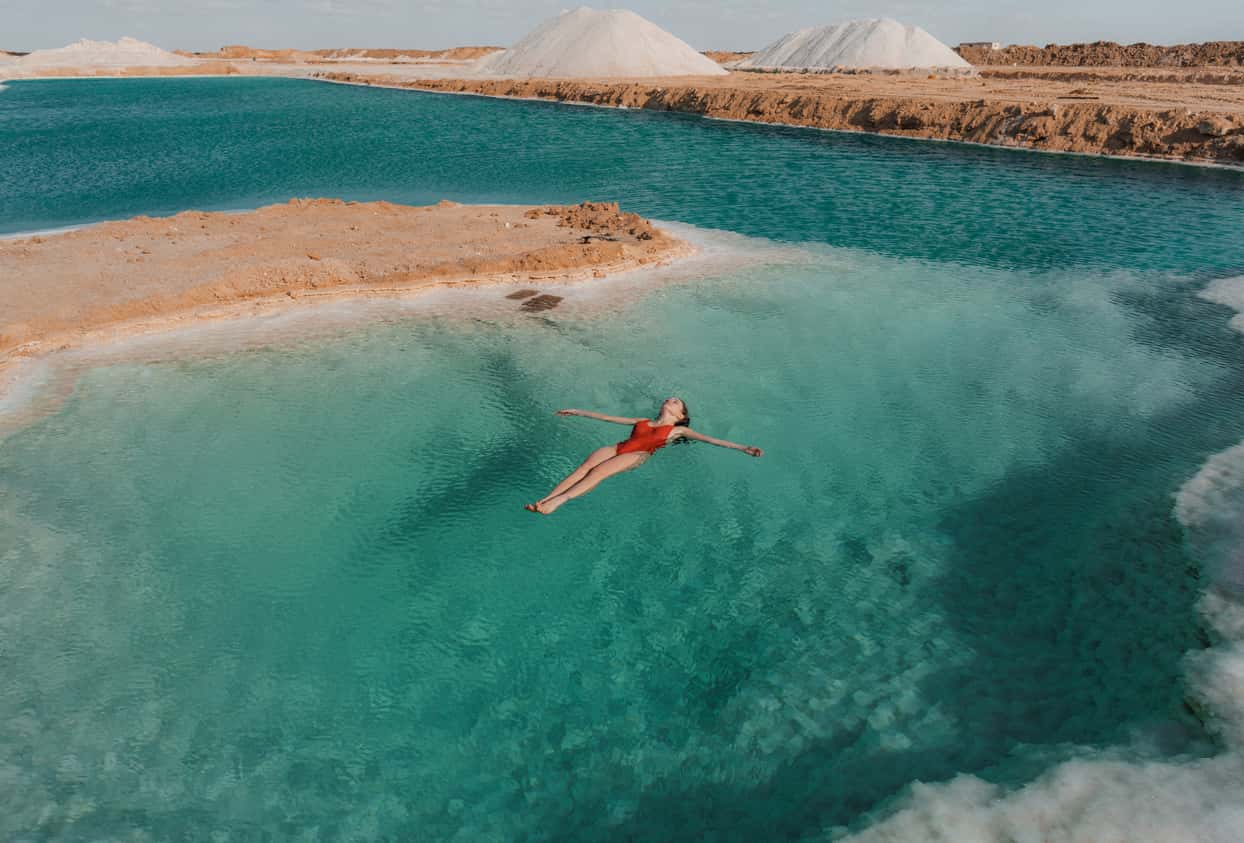
Located near the modern town of Mallawi in Minya, Tuna El-Gebel was the necropolis of the ancient city of Hermopolis. This sprawling archaeological site is one of the most overlooked in Egypt, yet it's brimming with history. It features Greco-Roman-style tombs, including the famous Tomb of Petosiris, which merges Egyptian and Hellenistic art styles. You'll also find underground catacombs used for the burial of sacred animals—ibises and baboons believed to represent Thoth, the god of wisdom. With far fewer visitors than Luxor or Saqqara, Tuna El-Gebel offers an eerie but peaceful walk through time, perfect for history enthusiasts seeking something more off-grid.
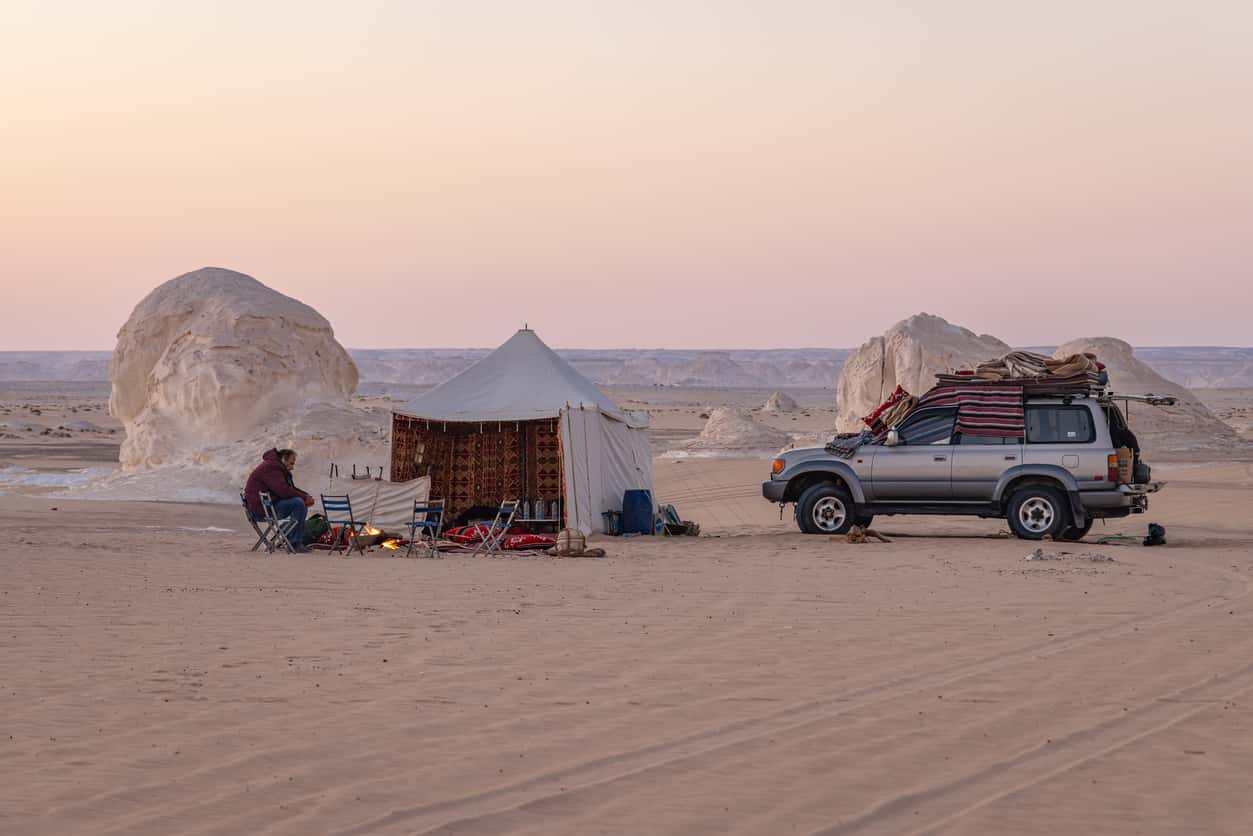
This small but remarkably intact Ptolemaic temple sits quietly near Lake Qarun in the Fayoum Depression, often overlooked by tour itineraries. Dedicated to the crocodile god Sobek, Qasr Qarun blends ancient Egyptian and Hellenistic religious architecture. Though modest in size, its labyrinthine chambers and clever solar alignment reveal its deeper complexity. Each year during the winter solstice, the sun’s rays illuminate the temple’s inner sanctuary—a breathtaking phenomenon akin to Abu Simbel’s solar alignment, but without the crowds. Surrounded by desert silence and remnants of a once-thriving town, Qasr Qarun feels like a forgotten spiritual anchor from another era.
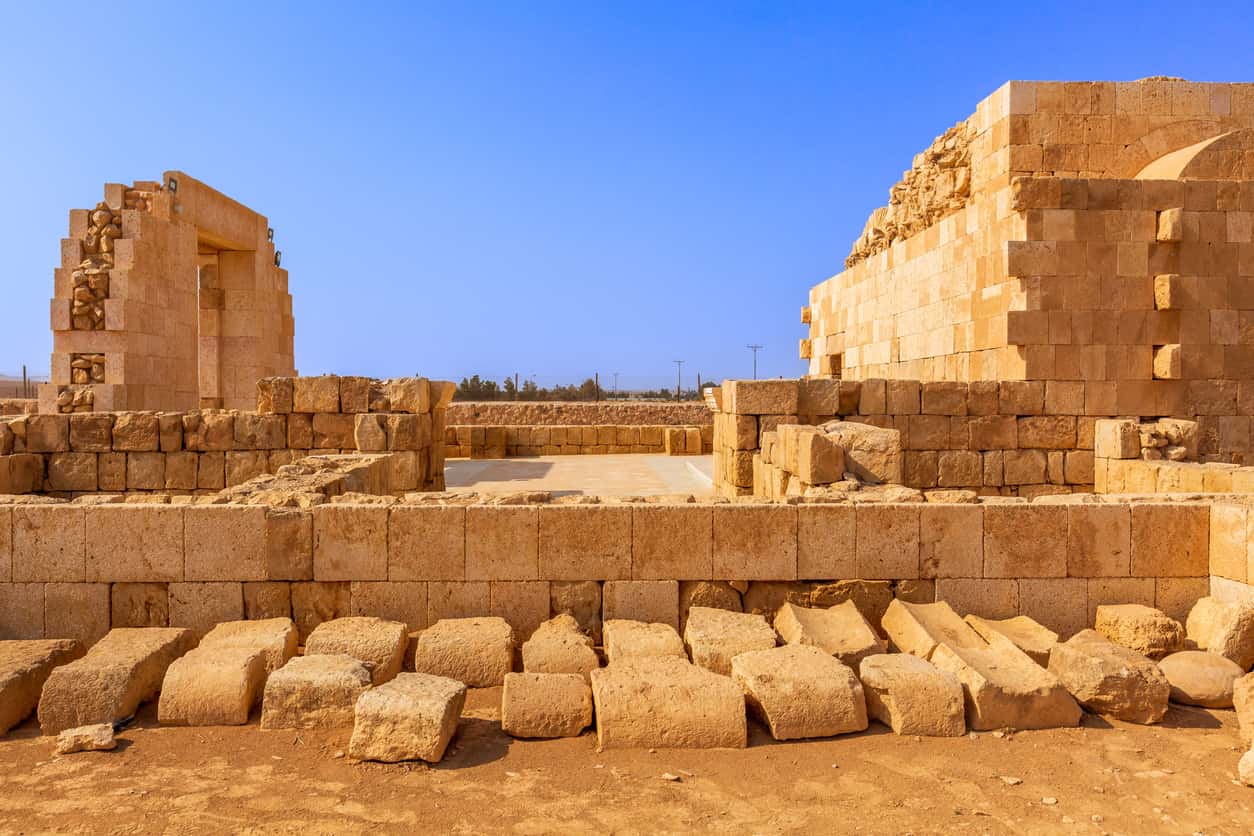
A surreal landscape of ghostly white limestone formations, the White Desert lies southwest of Bahariya Oasis and offers one of Egypt’s most unique natural spectacles. Eroded by wind and sand over millennia, the rocks have taken on bizarre shapes—some look like mushrooms, animals, or even giant ice-cream cones. Visitors often camp overnight beneath a blanket of stars, with Bedouin guides preparing traditional meals by campfire. The silence is profound, the beauty otherworldly. It’s a dream destination for photographers, stargazers, and adventure lovers. Unlike the bustling Red Sea resorts or Nile towns, the White Desert is about serenity, scale, and the sense of walking through a dream.
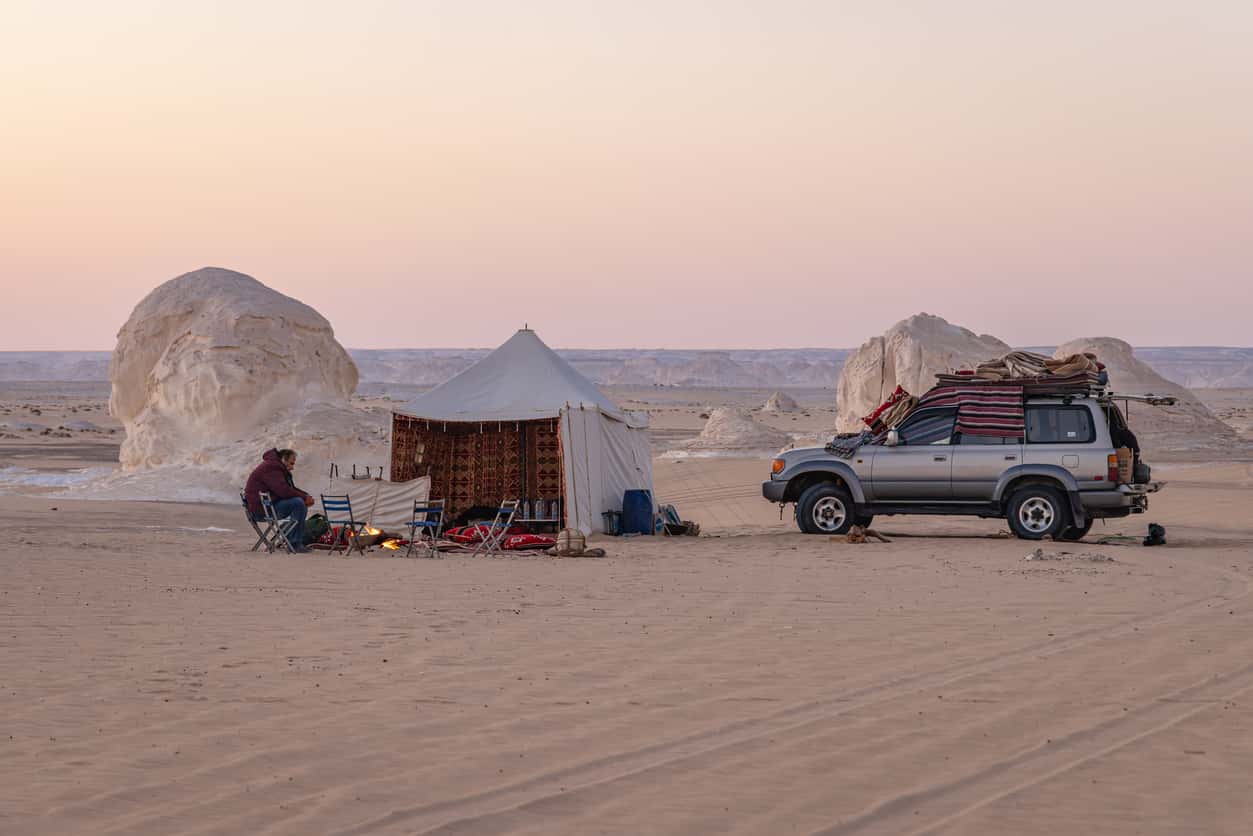
Tucked in the mountainous region of Assiut in Upper Egypt, Deir Al-Muharraq is one of Egypt’s oldest Christian monasteries and a revered site on the Holy Family Trail. Tradition holds that the Virgin Mary, Joseph, and the infant Jesus stayed here for over six months during their flight into Egypt. The monastery, still active and home to Coptic monks, is a place of reflection and devotion, surrounded by quiet hills. Few foreign tourists venture here, but those who do experience a living testament to Egypt’s deep Christian heritage, with centuries-old churches, sacred icons, and warm hospitality from the monastic community.
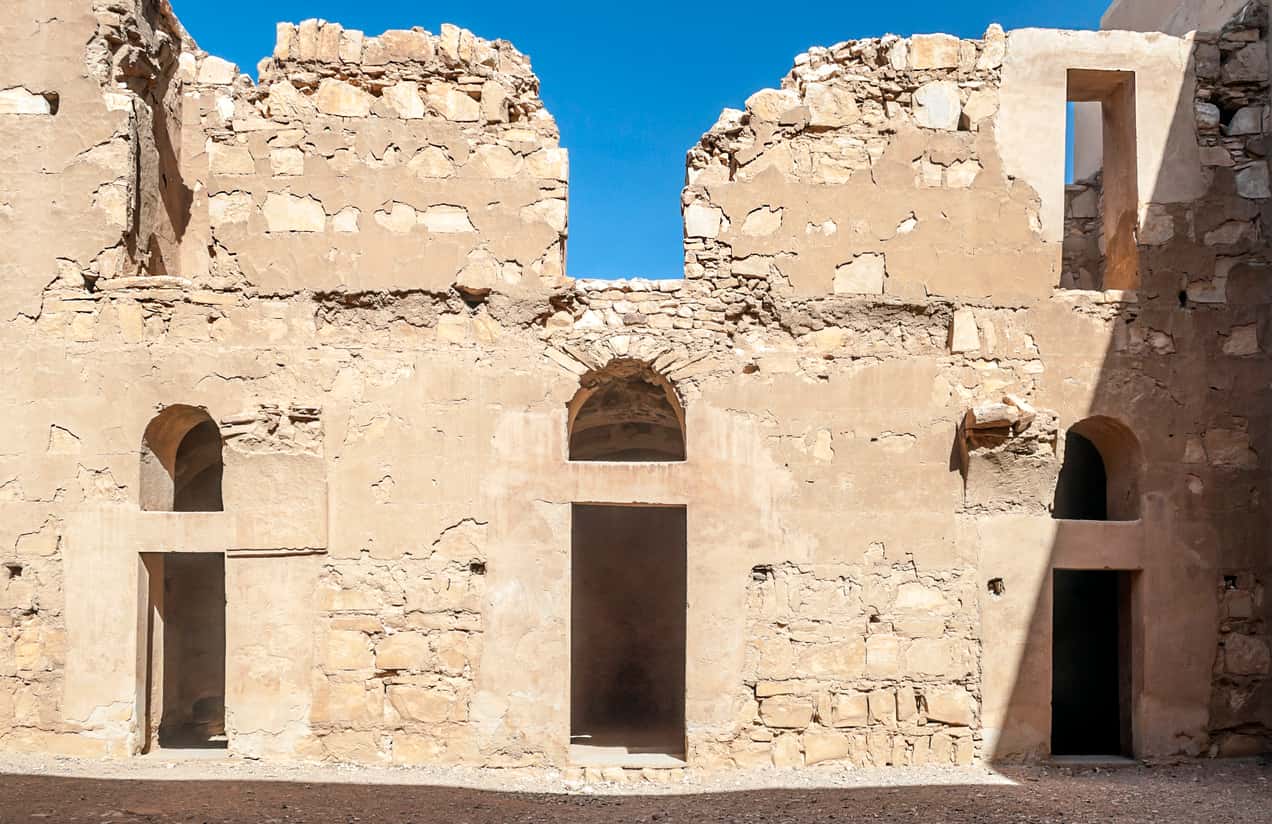
South of Minya, on cliffs above the Nile, lies Beni Hassan, a burial ground that offers a rare look into Egypt's Middle Kingdom era (circa 2000 BCE). Unlike royal tombs elsewhere, Beni Hassan’s rock-cut tombs belonged to provincial governors and nobles. Inside, vivid wall paintings depict scenes of wrestling, agriculture, fishing, and even immigration—offering an intimate portrait of daily life over 4,000 years ago. Because the tombs are not heavily touristed, visitors often explore in peaceful solitude, allowing time to study every intricate detail in the artwork. It’s a refreshing contrast to the crowds of Luxor and Giza.
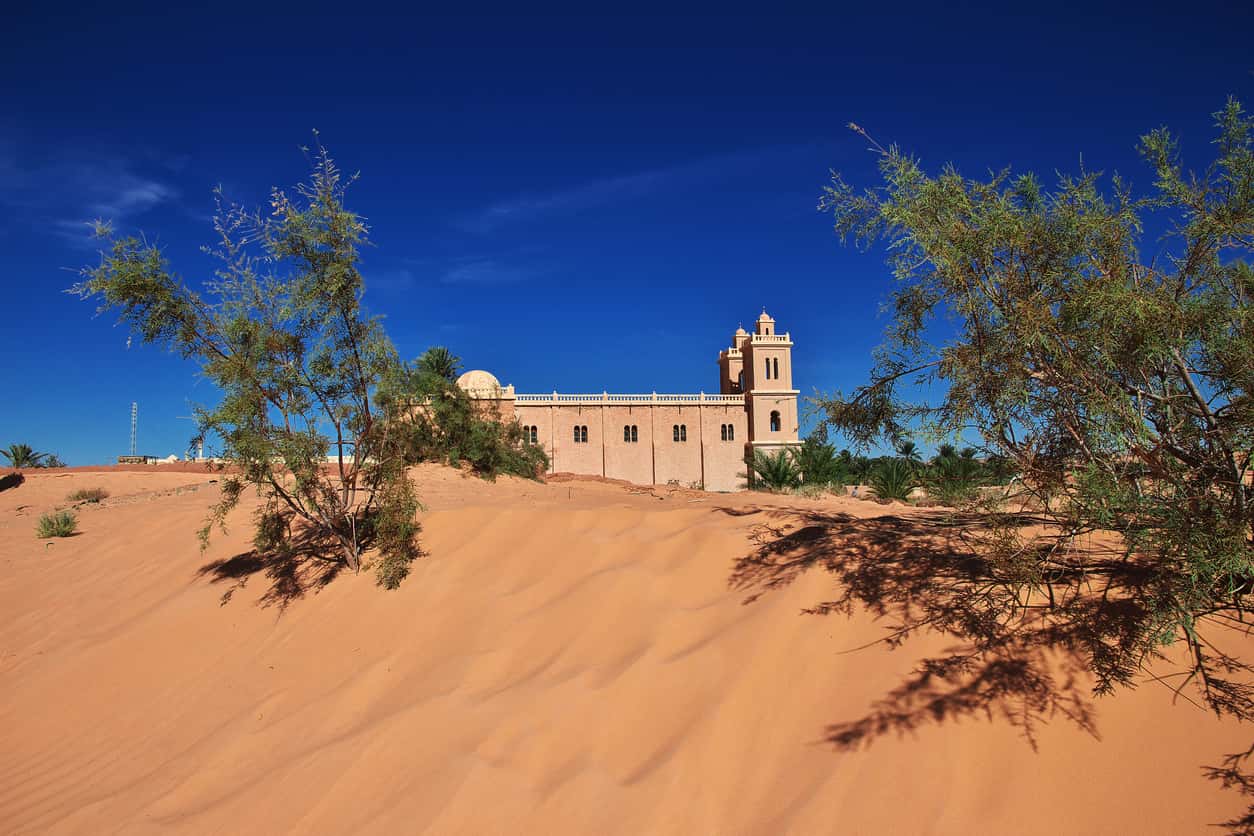
Modern Cairo is a megacity teeming with life, but buried within its sprawl is Fustat, the original Islamic capital of Egypt, founded in the 7th century. Here, you’ll find Amr Ibn Al-As Mosque, the first mosque in Africa, as well as nearby treasures like the Coptic Museum, the Hanging Church, and Ben Ezra Synagogue. These sites represent Cairo’s multi-faith heritage, where Islamic, Christian, and Jewish history coexist in close quarters. Though often skipped in favor of Khan El Khalili or the Citadel, Fustat is the soul of Cairo—quiet, historic, and deeply symbolic.
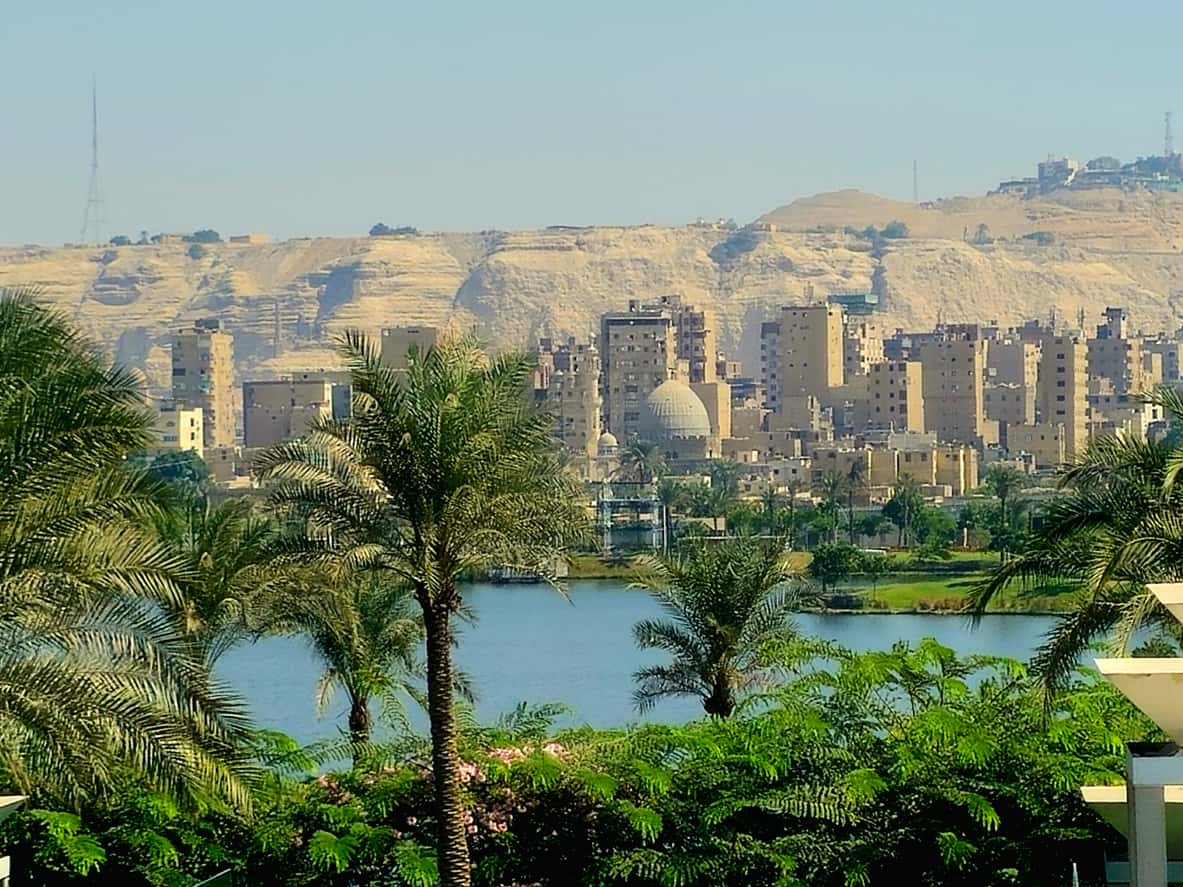
Hidden near the coastal town of Nuweiba in the Sinai Peninsula, the Colored Canyon offers a striking natural marvel. Carved from ancient sandstone and limestone, the narrow canyon winds through towering walls streaked with hues of red, yellow, and purple. Hiking here feels like stepping through a painter’s palette, with narrow passages, echoing silence, and a surreal play of light and color. Guided treks often include Bedouin tea stops and storytelling, adding cultural flavor to the journey. This is a must-visit for adventurers and nature lovers seeking something far different from ancient ruins.
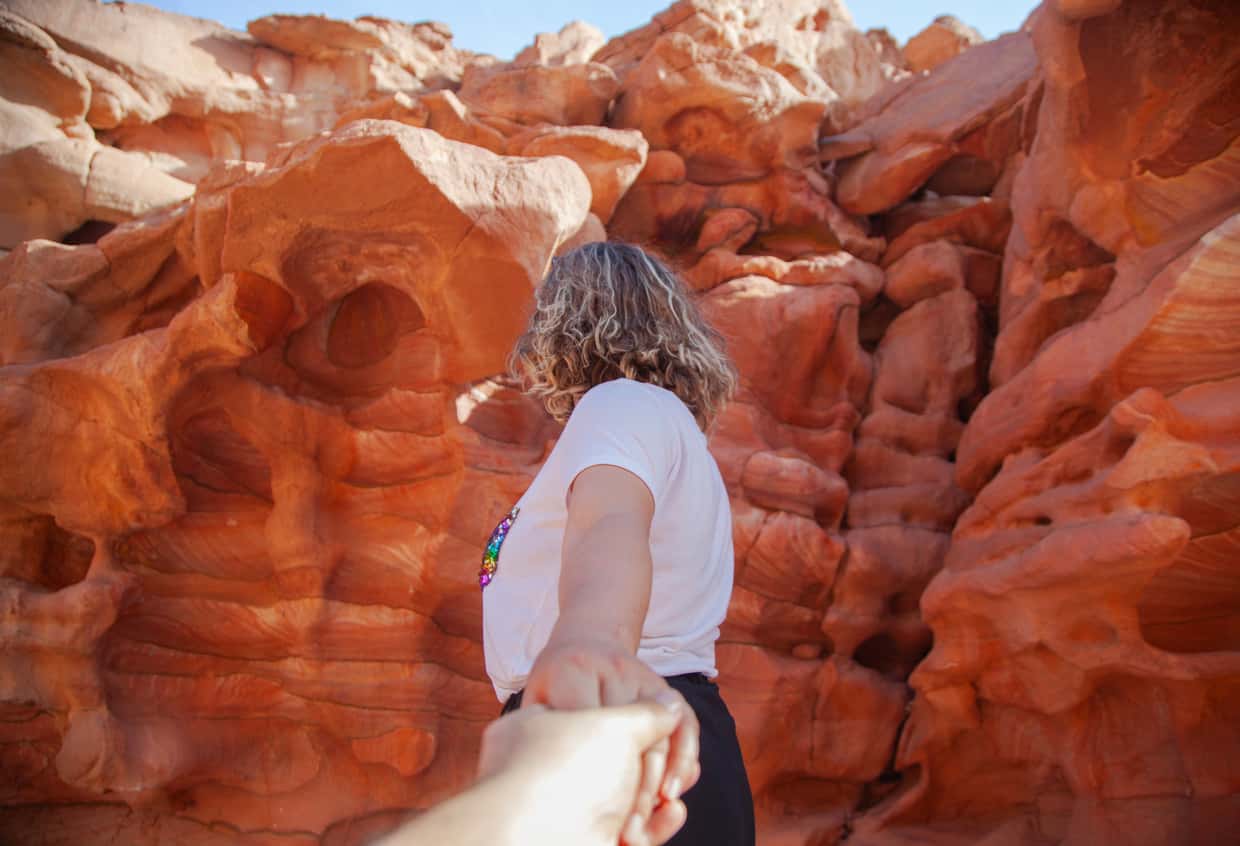
In the Upper Egyptian city of Sohag lies Akhmim, a lesser-known archaeological gem where massive statues of Queen Meritamen—daughter of Ramses II—have been unearthed. Unlike larger, curated museum sites, Akhmim’s statues remain embedded in the soil, creating an organic, open-air gallery. It’s both surreal and deeply historical. The area is also known for its handwoven textiles, and visitors can witness age-old weaving techniques passed down through generations. Combining ancient art and living craft, Akhmim offers a rare fusion of past and present.
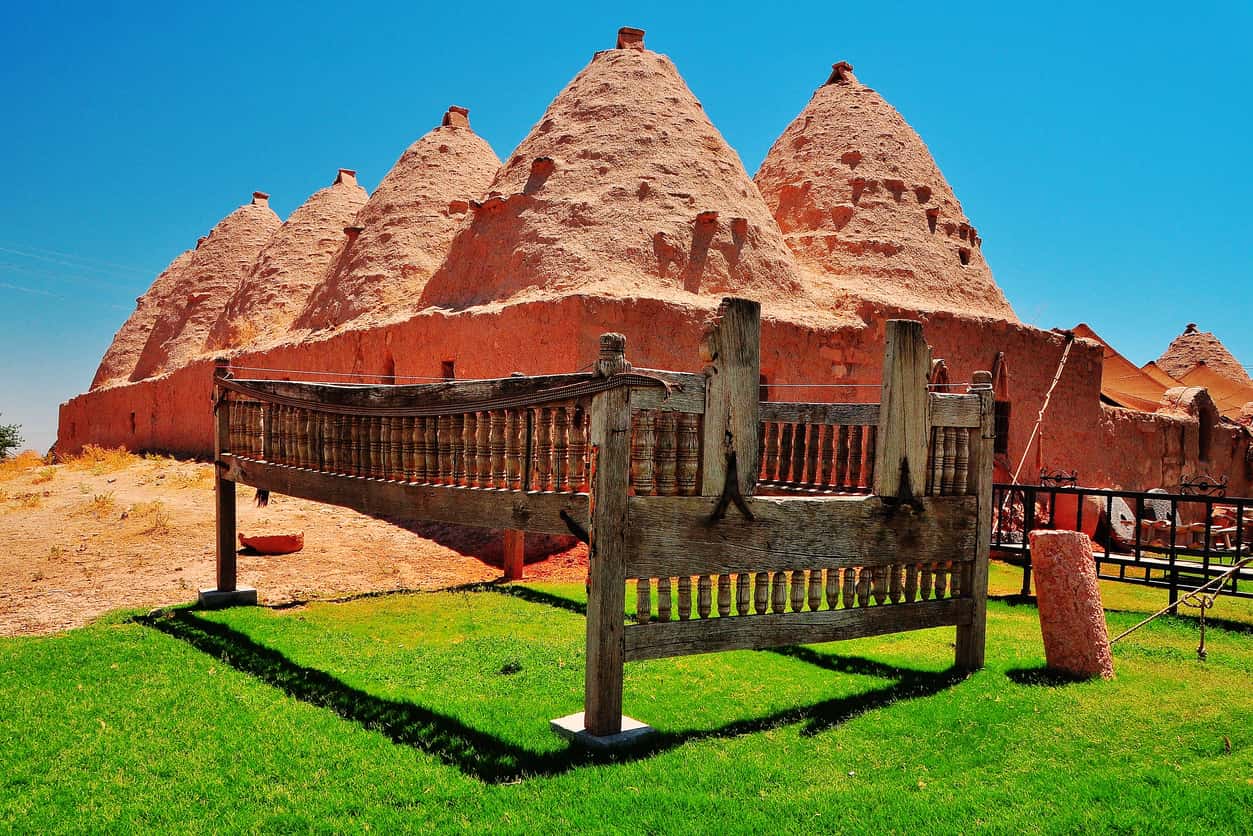
Egypt’s timeless appeal lies not only in its famous landmarks but in the corners yet to be widely discovered. These hidden gems—some spiritual, some natural, some deeply historical—offer a far richer and more diverse experience than most itineraries can provide. Whether you’re on a Nile River cruise, a desert expedition, or a cultural deep-dive, detouring into these under-visited sites will show you a version of Egypt that’s authentic, humbling, and unforgettable.